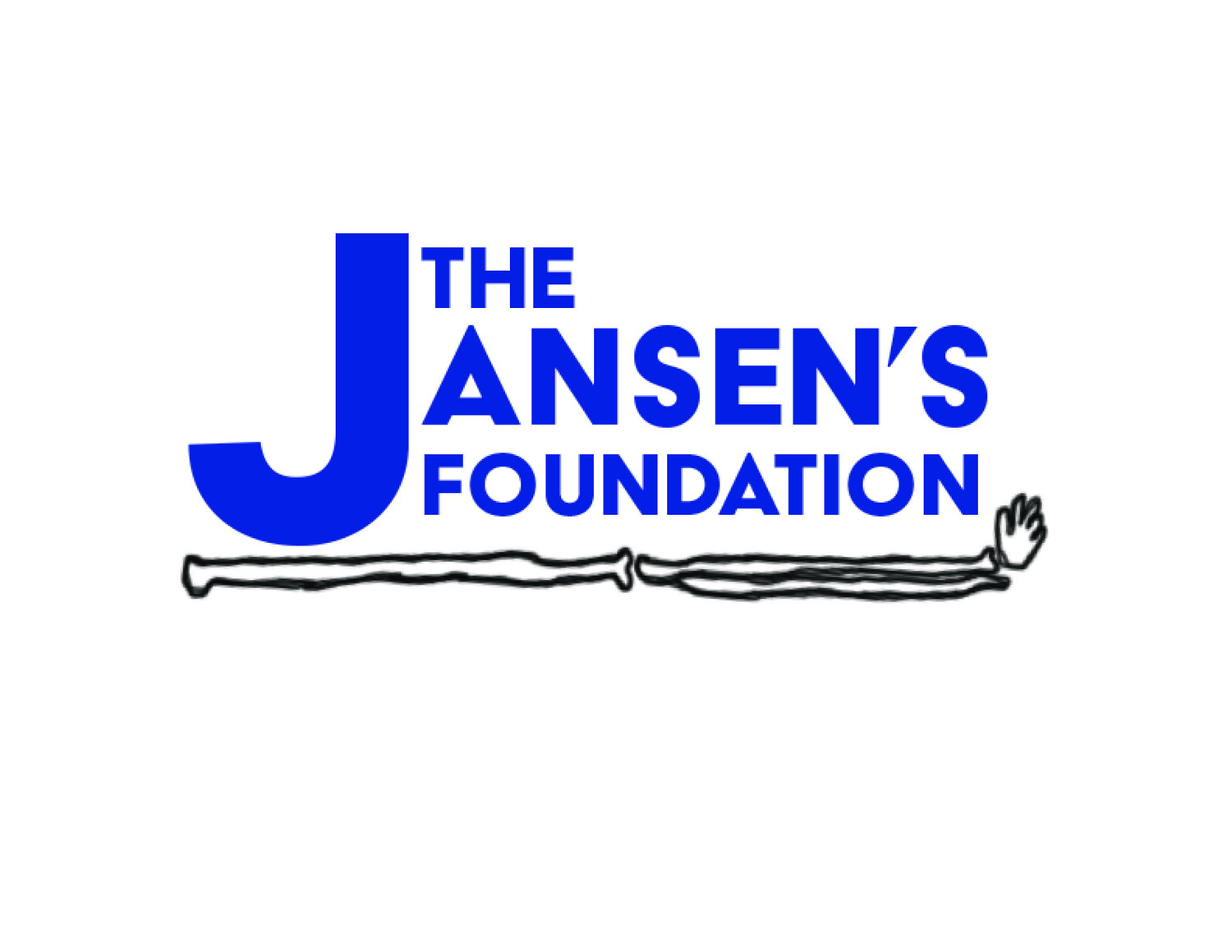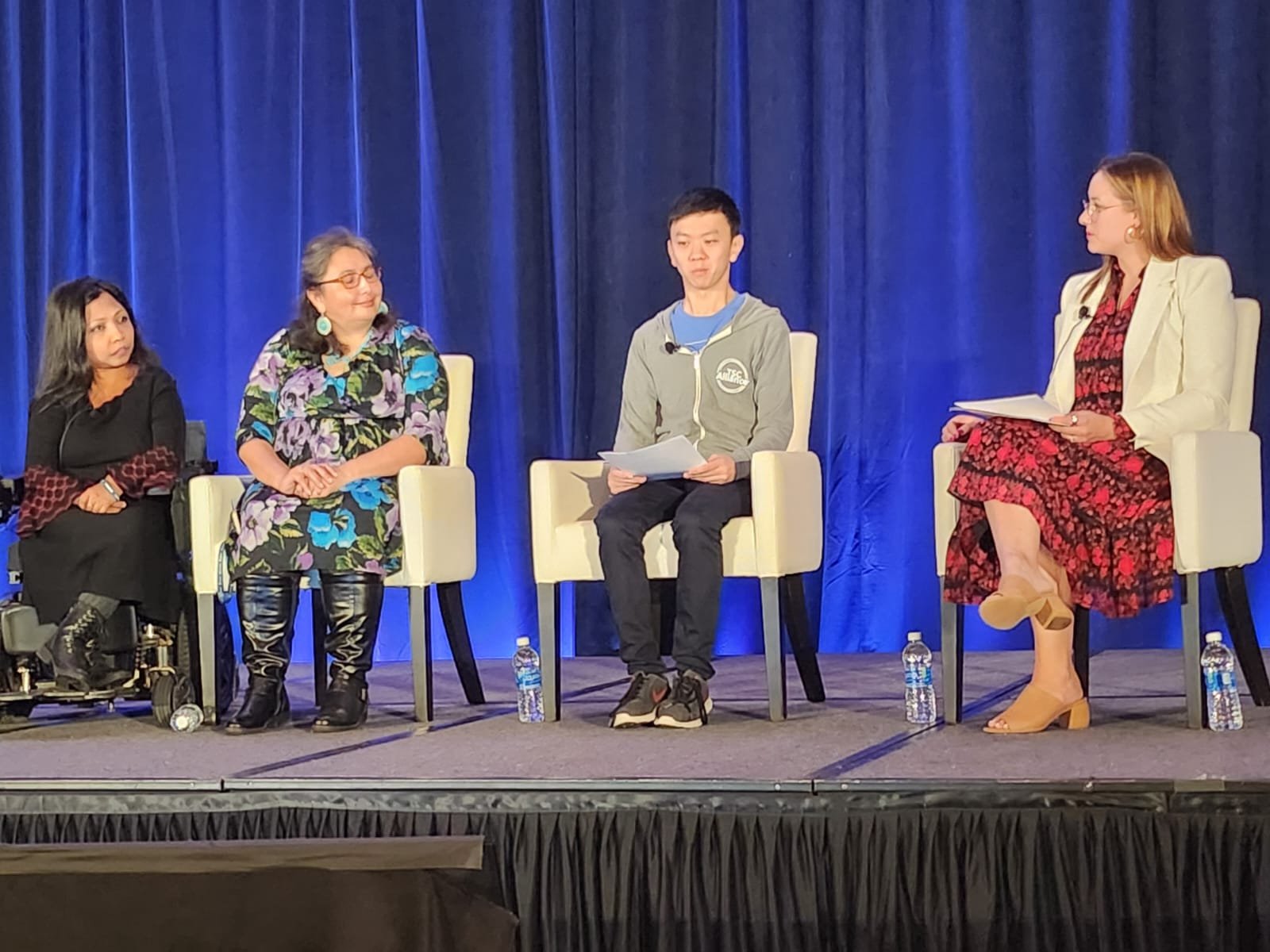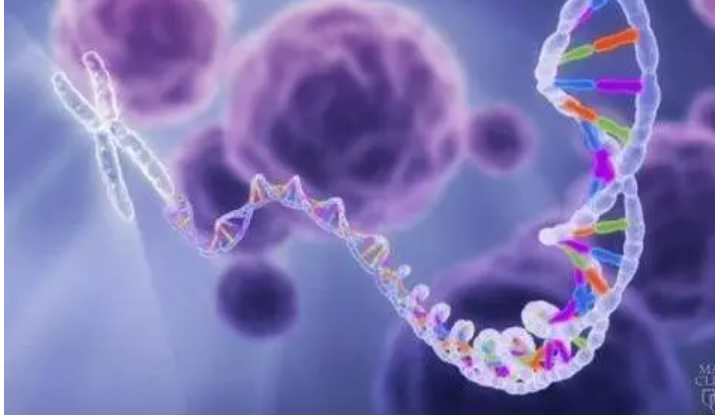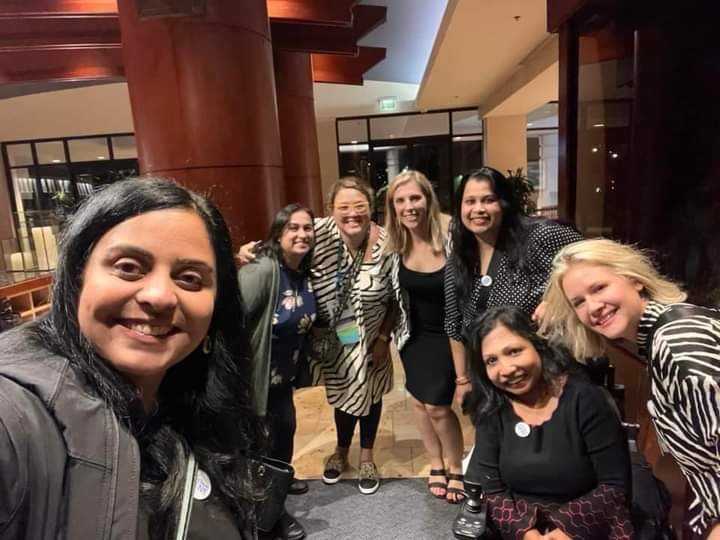I recently had the pleasure of being a part of an incredible panel at the Global Genes Health Equity Forum at San Diego. The topic was an interesting one - The intersectionality of identity, culture, and the rare disease experience., expertly moderated by Michelle Rivas.
The intersectionality of identity, culture, and the rare disease experience. panel moderated by Michelle Rivas.
I have always identified as a person with a disability long before I was labelled with an ultra-rare disease. My earliest memory from my childhood is of my father carrying me up two flights of stairs so I could sit in a classroom with kids who were physically very different from me. I have advocated for access and inclusion to spaces I was never welcomed in long before I even knew how to advocate for a rare disease no one cared about. However, I soon realized that the two identities I carry with me intersect so much so that I am left wondering which of the two is marginalized at any given time.
The Inaccessibility Cycle
According to the National Collaborating Centre for Determinants of Health “marginalized” communities, peoples or populations are groups and communities that experience discrimination and exclusion (social, political and economic) because of unequal power relationships across economic, political, social and cultural dimensions.
This definition throws to light the several identities within the rare disease space that continue to be isolated and disenfranchised, and our panel bravely attempted to unravel some of these complex nuances. However, this is easier said than done as “diversity” “equity” and “inclusion” in rare diseases forces us to account for the various identities within it. Unlike many other social justice initiatives that strive to dismantle long-standing and well-documented historical vices, Rare Diseases is a national health crisis that continues to be invisible and poorly understood.
What it means to be visible in Rare Disease?
1. The rare disease community is marginalized in getting effective treatments. For the close to 10 years now, I have been hearing the oft quoted stat “only have 5% of rare diseases have an approved FDA treatment.” Rare diseases continue to be invisible; every day we fight for treatments, chasing elusive rainbows and fading pots of gold. Being seen would simply mean more lives are saved. Being seen would mean this number increases every year. As Shundra Wooten, an attendee of the conference, painfully asked: “where’s the money? We are raising millions and yet there are no treatments.” If there is one identity that continues to be marginalized, it is the one with a rare disease.
2. Ultra-rare or nano-rare diseases are further invisible as an identity not worthy of resources, let alone life. "No one will care about 30 patients with Jansen's disease." The refrain still plays in my head reminding me of my standing in the cold totem pole of economic viability. Being seen means every life matters. Being seen means fighting for the rarest among us.
3. The rare and undiagnosed is an identity that hasn’t even made it to the starting line. Cue the infamous “diagnostic odyssey". Being seen would mean easier access to gene panels, microarrays, and exome sequencing to identify the molecular cause.
As many as 25 million Americans – about 1 in 13 people - suffer from a rare, undiagnosed condition.
4. Patient organization leaders - an identity that carries on its sagging shoulders, the hopes and dreams of an entire rare community. Endlessly searching for answers and learning the world of drug development, all while watching a loved one die is perhaps the loneliest feeling in the world. There is no worse identity to carry than that of one who has lost his world to a fatal diagnosis. Being seen here means to listen, pause, and reflect. This stuff is so ridiculously hard. Offer allyship through collaboration and genuine support.
Patient Organization Leaders work tirelessly for treatments.
5. The Adoptee in Rare Disease. Daniel Price spoke powerfully of the trauma he carries with him as a Chinese Adoptee advocating for Tuberous Sclerosis Complex (TSC). To be seen is to honor the adoptee experience and support the entire family with tools to cope.
Daniel Price, advocating for TSC
6. The indigenous. Vanessa Hiratsuka gave voice to the everyday power struggle she faces as a marginalized researcher in the world of academia. To be seen is to honor rare disease community partners with their individual strengths. Honor them by Inviting them to participate in the research process either as members of review panels or community advisory boards.
The FDA now asks to include underrepresented populations in Clinical Trials, yet inclusion in rare disease is stymied, in most cases, by the lack of information on disease prevalence. Further, with most rare diseases lacking International Classification of Disease (ICD-10) codes, it is very difficult to track how many people have a particular disease, where they are, and all the characteristics of the disease. Without these codes, we continue to be invisible, fighting never-ending battles in the dark with insurance to cover life-sustaining procedures and therapies.
Rare disease is a global health crisis. To view it any other way is to marginalize 10,000 rare diseases (3.5% – 5.9% of the worldwide population). Inclusion in Rare Disease requires one to patiently and purposely lean in to understand the myriad of identities that intersect within this space.
Only then, can we truly be seen.





